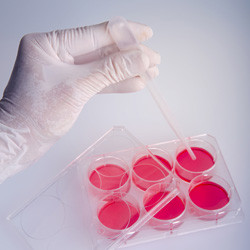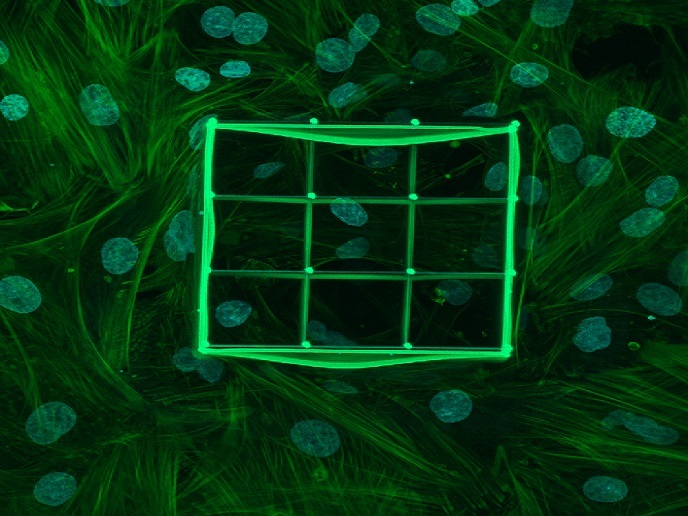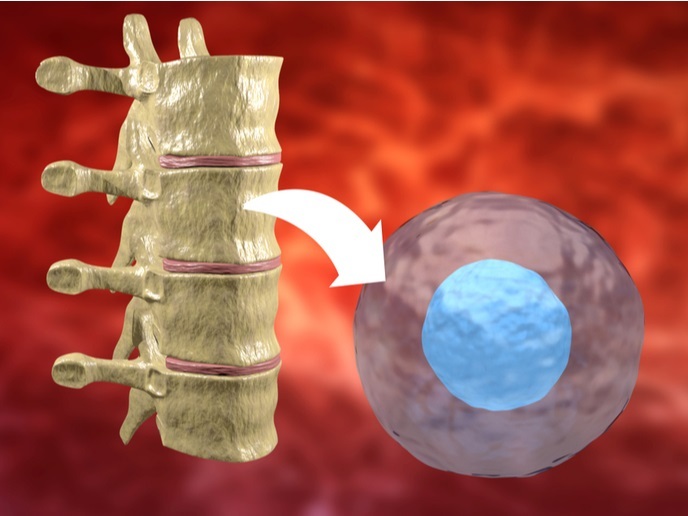Cancer stem cells isolation
CSCs can escape the toxicity of drug treatment in their resting state with resulting chemotherapy leading effectively to remission, but not to a cure. An important question is whether a therapeutic window can be identified from the differences between regular cells and stem cells, including CSCs. The main objective of the EU-funded Maria Curie 'Stem Cells and Cancer Stem Cells in Mouse Mammary Glands' (MG STEM) project was the isolation of normal stem cells from mouse mammary glands and their expression profiling. The relationship between isolated stem cells and cancer had to be investigated with the use of mouse models of breast cancer. Researchers initially used CD24 and CD49f molecular markers for isolation of cells enriched in normal stem cells from mouse mammary gland (MMG). They found that the Notch ligand Delta-like 1 (Dll1) expression was significantly higher in enriched stem cell populations in comparison to the rest of the luminal cells in MMG. They isolated highly purified stem cells using CD24, CD49f and Dll1 markers. Only these cells were able to reconstitute MMG in the animal model experiments in contrast to cells isolated using only CD24 and CD49f markers. At the next step researchers generated a Dll1 'knock in' mouse model for additional demonstration of functionality of isolated stem cell population. Overall, these experiments proved that Dll1-expressing cells with basal characteristics have properties of mammary stem cells. The work was a first step in the important study of mouse model of mammary tumourigenesis and the relationship between putative normal and cancer stem cells. Researchers compared their expression profiles with the long-term goal of identifying advantageous drug-targets for therapeutic intervention. The use of stem cell signatures for treatment purposes may have additional applications in cases of cancers of other origins.







